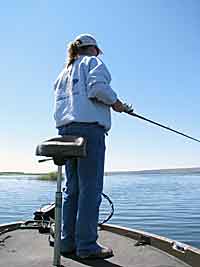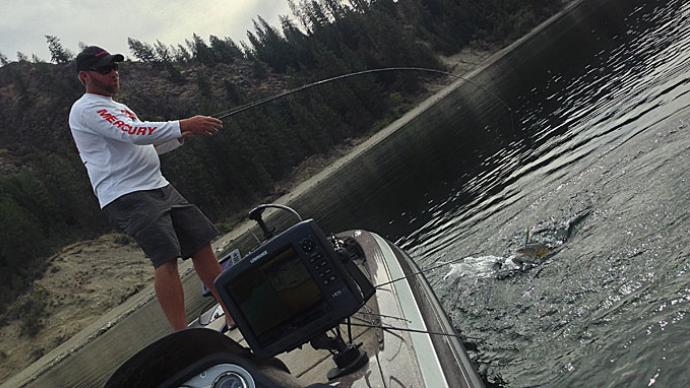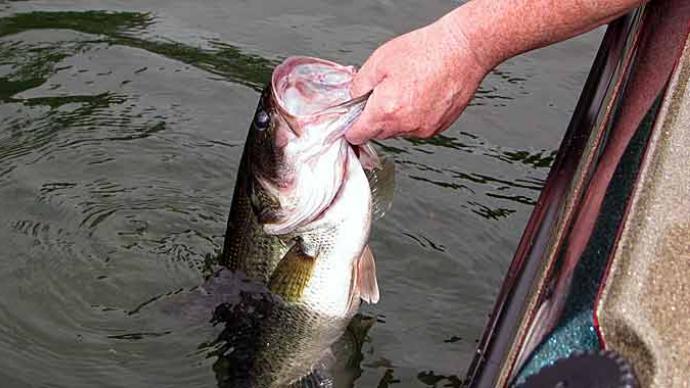
There are ways of getting a crash course on a new lake and learning the local's secrets to help when you have a tournament or are just going fishing.
First, search the Internet for fishing reports or chat rooms where you can get general information on fishing spots from anglers already fishing the lake. Don't just check the current reports. Check as far back as you can. Checking current and past issues of local newspapers and magazines will also help. With this information, you can compare the reports from the different sources and the times of the year and set up a chart to give you a better overall idea of possible areas and basics like best lure colors. Be sure to get the current water temperature. It will help with selecting areas to fish.
Next, you need to get a few different lake maps. I suggest more than one because there are some differences between maps, and you may find that each will help you understand how to get around the lake safely or show structures you need to find fish. Most lake maps are made from the original government topographical maps. The older the lake, the more the depth and contours will change. Just because an area is marked six feet deep doesn't mean that's a fact. The lake level will also change the look of the lake. Take this into consideration as you review the map. Mark the spots on the map using the information you gathered. Look at what sections of the lake these spots are and the relationship to the main and secondary creeks. Based on the time of the year, you can narrow down what area to check first.
Understanding the movements and feeding patterns of bass will help you, so find out all you can about these things.
Now that we have our research done we have marked the maps and narrowed down the areas to start, it's time to head for the lake to do a little exploring.
When you get to the lake, you need to check out some local tackle shops or marinas that have tackle. Look at what is missing from the racks, what types of lures, colors, and bait styles. What's missing is what is being used the most. Ask the tackle store or marina operator what baits are working. Take this information and fit it to the baits you like to fish with, and use colors that, from your research, may be best to start with. Remember what bass usually eat during the year on most lakes. In winter, small minnows. In spring, crawfish. It might be perch or shad in late spring, and in the summer and fall, it will be shad. Try to match the forage. A shade of green will also work if the lake has hydrilla or grass.
If you go early to the lake, have breakfast at the local restaurant, and listen more than eat, you'll be surprised how much you can pick up from the conversations around you. But, of course, you can also come back for lunch.
When you go out on the lake for the first time, you need to learn your way around and look at the areas you had narrowed down from your research. Don't just go out and start fishing. After you have reviewed the areas and eliminated non-productive areas, you can return to the better spots and wet a line. While on the lake, observe where other people are fishing and check your maps to see what types of structure and areas they are fishing. This may give you a pattern as well.
The best way to get a crash course on a lake is to go out with a guide. Selecting a guide will take a little research as well. Guides make their living by taking clients fishing and therefore know the lakes better than anyone. If you start to ask questions of a guide and they are hesitant about helping, maybe you should move on to the next one. Some will only take you to common fishing holes, not their preferred guide holes. Sometimes it is better to pick one of the less well-known guides to get general information about the lake. The guides that enjoy what they do will share information on the lake, help you with lure selection, and are fishing new fresh areas. Remember, you are not just there to catch a lot of bass but to learn the lake and find your way around. Ask questions and talk about the areas you have information about.
This will not make you an instant expert but will get you started in the right direction. It takes a lot of work to learn the basics of a lake and time on the water to master it if there is such a thing. That's why they call it going fishing and not going catching.




